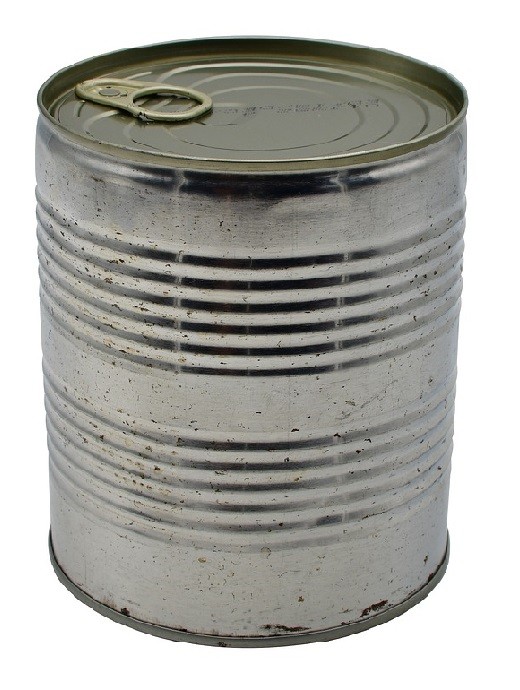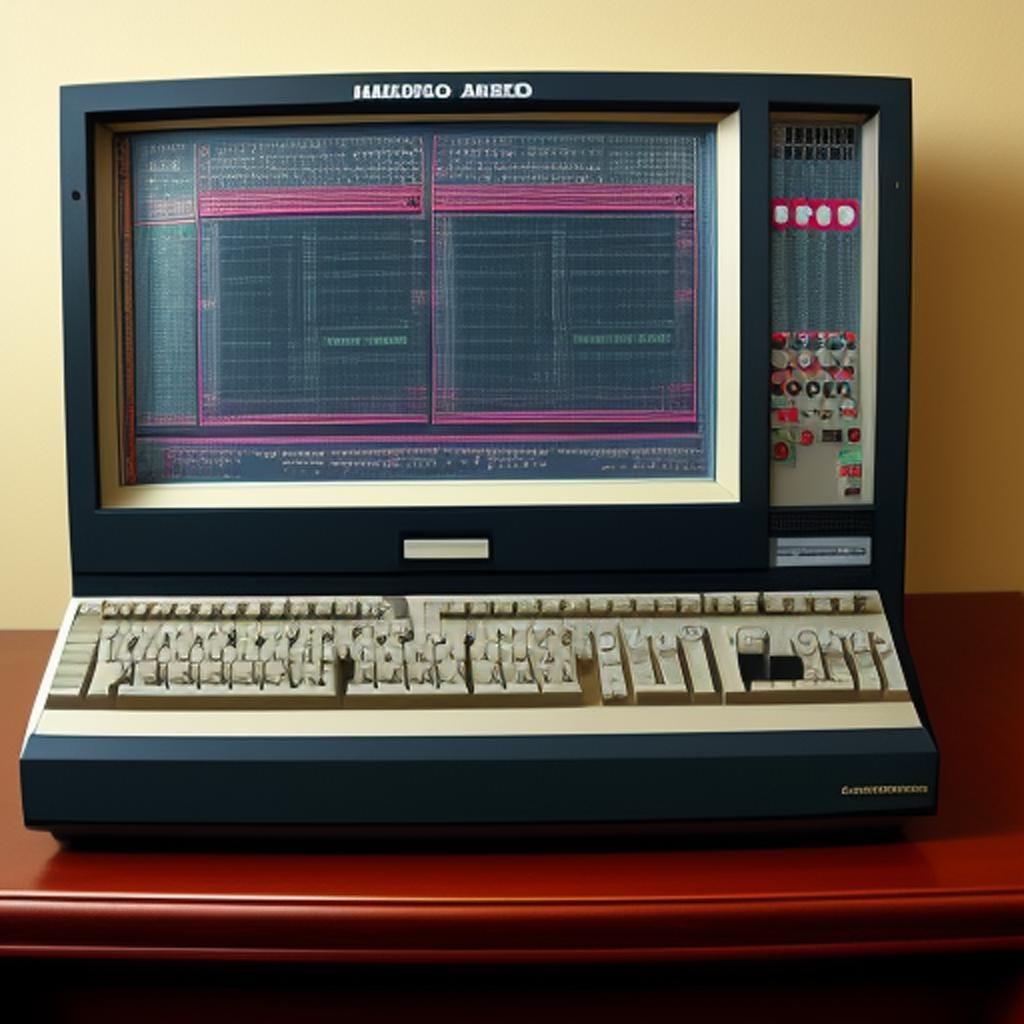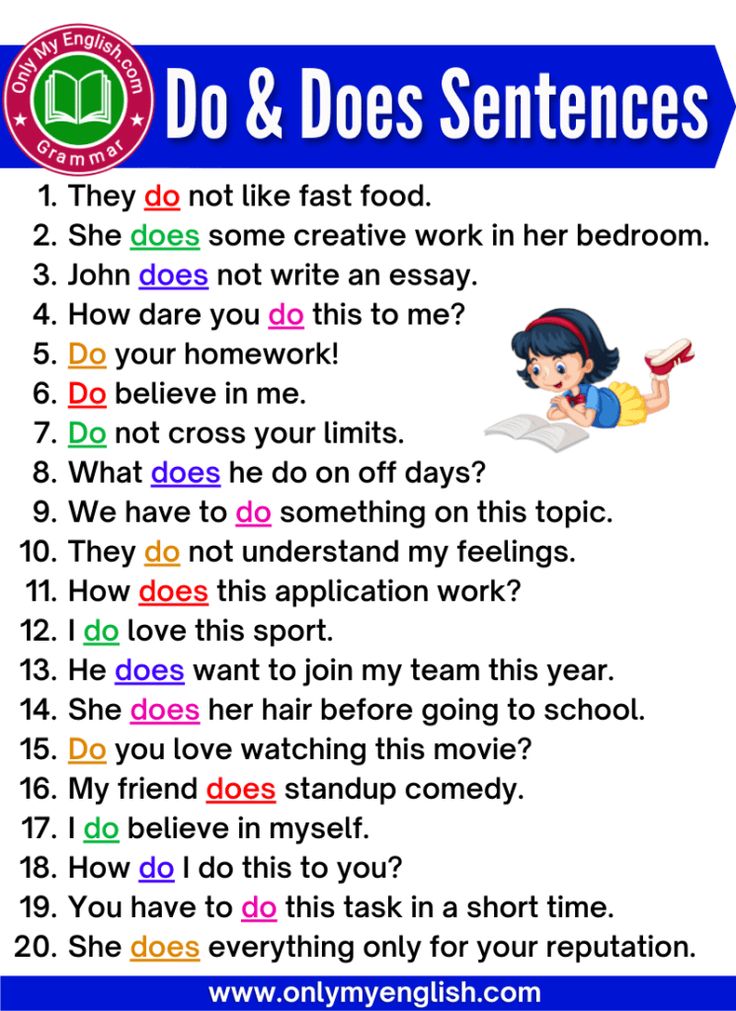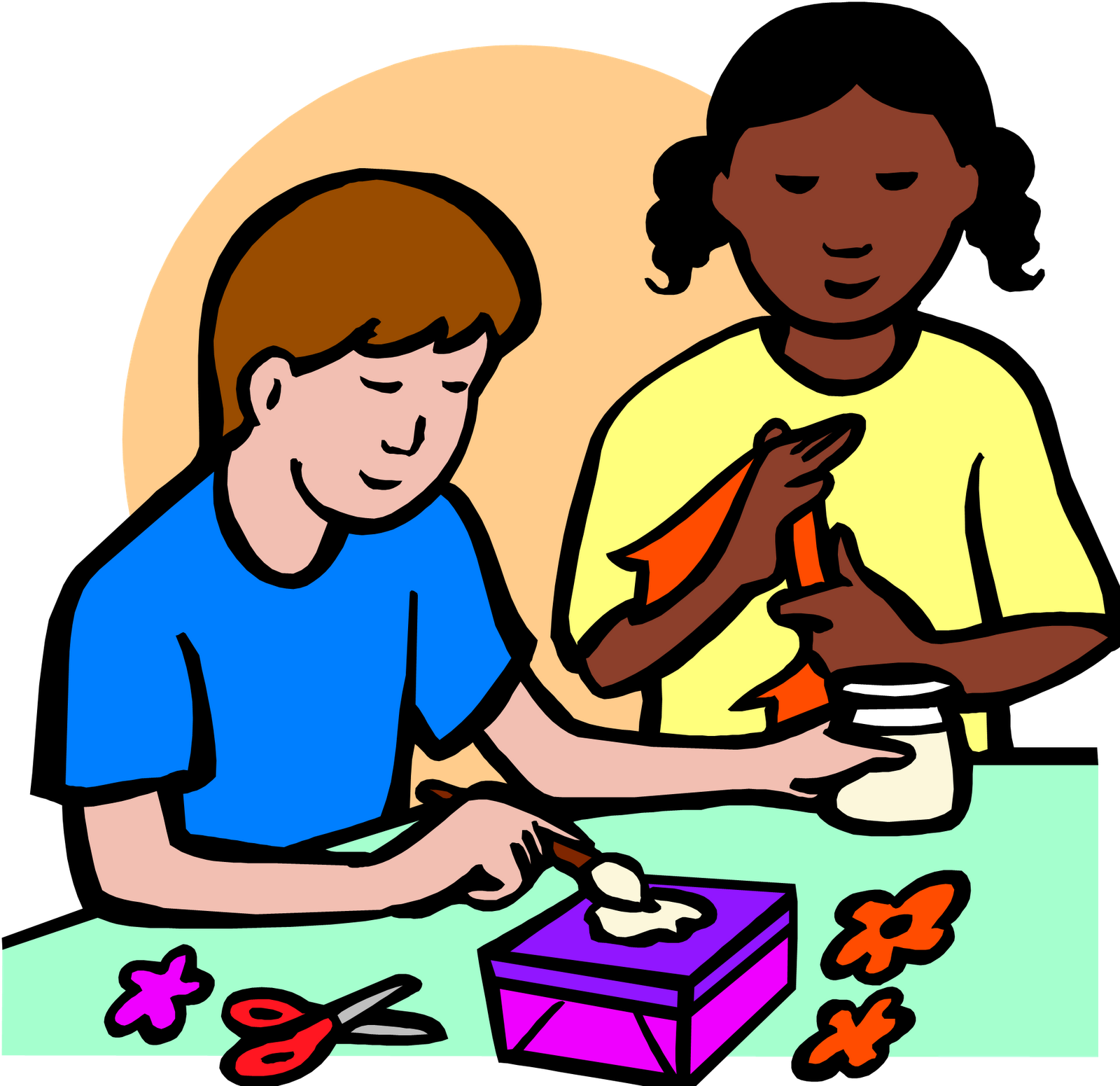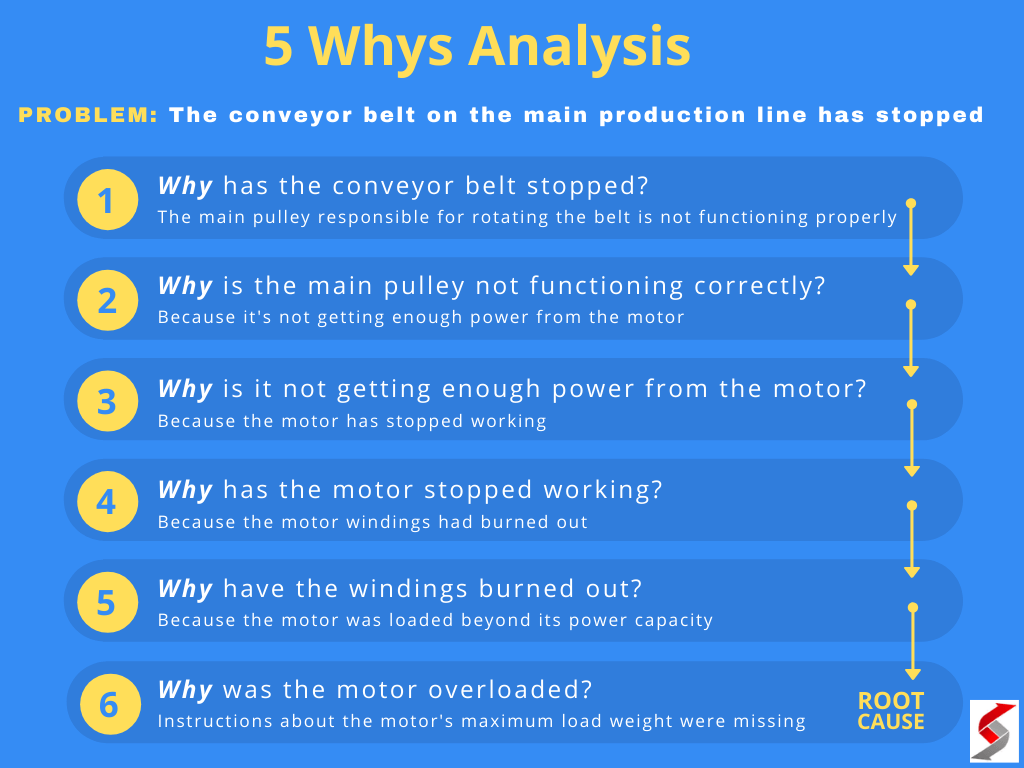Mastering the Art of Threading Your Singer Sewing Machine: Step-by-Step Guidance for Beginners
Introduction
Threading a Singer sewing machine is the foundational skill every sewing enthusiast needs to master. Whether you’re working with a modern heavy-duty model or a vintage classic, knowing how to correctly thread your machine ensures smooth operation, prevents thread jams, and sets the stage for beautiful, durable stitches. This guide provides comprehensive, step-by-step instructions, real-world examples, troubleshooting advice, and alternative approaches for threading a Singer sewing machine, so you can start sewing with confidence.
Understanding Your Singer Sewing Machine
Before threading, it’s crucial to familiarize yourself with the basic components of your Singer sewing machine. Most modern Singer models, such as the Heavy Duty 4432, 4423, 4452, and 4411, share similar threading mechanisms, while vintage models like the Singer 66 may have distinct features [1] [4] . Key components include:
- The spool pin (holds your thread spool)
- Thread guides (direct the thread’s path)
- Tension discs (regulate thread tension)
- Take-up lever (moves thread during stitching)
- Needle (where the thread passes through fabric)
- Bobbin and bobbin case (hold and deliver lower thread)
Identifying these parts on your specific Singer model is essential for successful threading. Consult your machine’s manual or refer to the front and top panels for labeled guides and slots.
Step-by-Step Threading Instructions for Most Singer Models
The following instructions are suitable for many contemporary Singer machines. If you have a specific model, always refer to the official manual or verified tutorials for details [1] [2] [3] :

Source: waynearthurgallery.com
1. Prepare Your Machine
Plug in your machine, turn it on, and ensure the presser foot is raised. This step lets the thread properly seat within tension discs, preventing uneven stitches [2] .
2. Place Thread on Spool Pin
Remove the spool pin cap, slide your spool of thread onto the pin, and replace the cap to keep the spool secure [5] .
3. Guide the Thread
Following the solid lines and numbers printed on your machine, draw the thread through the upper thread guide. These guides direct the thread’s pathway, ensuring it moves smoothly from spool to needle [2] .
4. Thread Through Tension Discs
Bring the thread down through the threading slot, wrap around the tension disc, then back up to the take-up lever. Threading through the tension disc regulates the tightness of your stitches. Make sure the thread catches any wire springs or regulators as indicated by your model’s manual [4] .
5. Pass Through Thread Guides
Draw the thread back down, threading through the final guide just above the needle. These guides help maintain correct thread positioning and minimize tangling during sewing.
6. Thread the Needle
Thread the needle manually from front to back, or use the automatic needle threader if your model includes this feature. For older models, thread from left to right as specified [4] . Hold the thread tail and pull it through the presser foot slot.
7. Load and Thread the Bobbin
Insert your wound bobbin into the bobbin case, ensuring the thread unwinds counterclockwise. Draw the thread through the case’s tension notch and out through the cover slot [4] . Replace the cover securely before proceeding.
8. Bring Up the Bobbin Thread
Hold the needle thread lightly, then turn the handwheel toward you for a full rotation. This action lowers and raises the needle, catching the bobbin thread and bringing it up through the needle plate. Pull both threads toward the back of the machine, ready for sewing [3] .
Real-World Example: Threading a Singer Heavy Duty 4432
Let’s walk through threading a popular Singer Heavy Duty model:

Source: blog.bernina.com
After plugging in the machine, place your thread spool on the pin and follow the solid lines printed on the top and front. Draw the thread through all guides as described, ensuring it passes through the tension discs and take-up lever. Use the automatic needle threader or thread by hand. Insert the bobbin with thread unwinding counterclockwise. Turn the handwheel to bring up the bobbin thread, then position both threads to the back [1] .
Troubleshooting Common Threading Issues
Even with careful threading, problems may arise. Here’s how to address some of the most frequent challenges:
- Thread bunching or tangling: Double-check that the presser foot is raised during threading and that the thread is seated properly in the tension discs.
- Skipped stitches: Ensure the needle is correctly inserted and not bent. Rethread the needle if necessary.
- Thread breaks: Confirm you’re using the correct thread type and needle size for your fabric. Re-thread both top and bobbin threads.
If problems persist, consult your model’s official manual or seek assistance from the Singer Sewing Company’s support resources.
Alternative Approaches and Vintage Models
Vintage Singer machines, such as the Singer 66, may have slightly different threading paths and bobbin systems. For example, the Singer 66 requires threading through specific wire springs and regulators, with the needle threaded from left to right [4] . Always refer to verified video tutorials or original manuals for these models.
If your machine lacks an automatic needle threader, practice threading manually and use a needle threader tool if needed. For drop-in bobbin systems, follow the specific loading sequence as indicated by the manufacturer.
Practical Applications and Key Takeaways
Correct threading is essential for:
- Achieving consistent stitch quality
- Preventing thread jams and breakage
- Protecting your machine from damage
Developing this skill enables you to work efficiently on a wide range of sewing projects, from simple repairs to complex garment construction.
Accessing Additional Resources and Support
If you need further guidance, consider these verified pathways:
- Consult the official Singer Sewing Company support portal for manuals, troubleshooting, and FAQs. You can search for your model and download official guides directly from their website.
- Explore trusted video tutorials, such as those from Easy Sewing for Beginners and the Singer Sewing Company, for visual learning and model-specific demonstrations [1] [2] .
- Connect with local Singer retailers for hands-on support, maintenance, and accessory advice. Use the Singer Sewing Company’s retailer locator tool to find authorized dealers near you.
If you cannot locate your model’s manual, search for “Singer [model number] manual PDF” through official Singer channels or reputable sewing forums for downloadable guides.
Summary and Next Steps
Threading your Singer sewing machine is a multi-step process that, when mastered, unlocks the full potential of your equipment. Start by identifying your machine’s components, follow the verified threading path, and troubleshoot as needed. For additional help, utilize official Singer resources and trusted video tutorials. Practice regularly, and you’ll soon thread your machine quickly and confidently, ready to embark on a variety of creative sewing projects.
References
- [1] Easy Sewing for Beginners (2025). How to Operate a Singer Heavy Duty Sewing Machine.
- [2] Singer Sewing Company (2022). SINGER® M1250 Get Started – Threading.
- [3] YouTube (2022). How To Thread A Singer Sewing Machine.
- [4] YouTube (2018). Singer 66 Vintage Sewing Machine: How to Thread the Machine.
- [5] YouTube (2014). Threading the Sewing Machine.
MORE FROM gowithdeal.com
